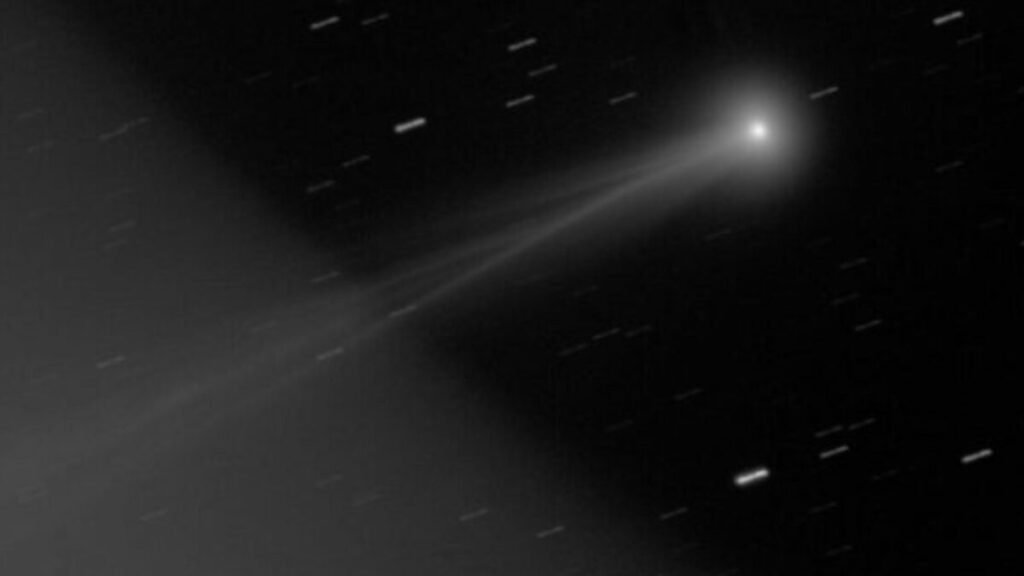NASA is Getting Ready: Comet 3I/ATLAS Won’t be the Last Intergalactic Visitor to Swing by the Solar System

The comet 3I/ATLAS is making waves not only because of its origin outside the Solar System, but also because it confirms a long-held suspicion: our cosmic neighborhood is not isolated, but constantly on the move. NASA has warned that its arrival “will not be an isolated case,” and projections suggest that such visitors will become more frequent. Improved optical detection systems and the Chilean observatory, will allow us to identify one or two interstellar objects each year.
### Comet Interceptor Mission: a scientific ambush in space
To seize the opportunity to study these fleeting bodies, the European Space Agency (ESA) leads the Comet Interceptor mission in collaboration with NASA. The goal is simple yet ambitious: patiently wait for a comet or interstellar visitor and intercept it. The probe will be launched to a stable region between Earth and the Sun, where it will remain “on guard.” When a new object is detected, it will execute an interception maneuver to study it up close before it speeds away from the Solar System.
### 3I/ATLAS: a witness of the cosmos’ origins
3I/ATLAS is the third interstellar visitor, following ‘Oumuamua (2017) and 2I/Borisov (2019). Recent calculations estimate its core to be between 400 meters and 3 kilometers in size, containing materials formed 10 billion years ago, well before our own Sun. Its trajectory places it in the “thin disk” of the Milky Way, a region rich in young stars, although astronomers believe it originated on the outskirts of the thick disk, an area housing much older and metal-poor bodies.
This mixture of youth and antiquity makes 3I/ATLAS a true galactic fossil. Studying it could reveal insights about the origins of the cosmos and possibly shed light on the ingredients that enabled life to emerge.
### The race to intercept interstellar travelers
Detecting these bodies is already a technical challenge, but reaching them in time is even more complex. They travel at extremely high speeds and are only detected a few months before their close approach to Earth. Therefore, NASA and other space agencies are striving to develop techniques and gravity-assisted maneuvers to close in on these interstellar visitors before they vanish forever.
Meanwhile, telescopes like Hubble and James Webb, along with Martian probes, are providing observations that help unravel the composition of 3I/ATLAS. Its study will mark a new chapter in deep space exploration as the boundaries between “our” Solar System and the rest of the galaxy become increasingly blurred.
### A new horizon for astronomy
What was once a theoretical hypothesis is now becoming an observable reality: interstellar objects are not rare occurrences but frequent messengers from the ancient cosmos. With the next generation of telescopes and interception probes, humanity is on the brink of entering an era of galactic exploration, where each foreign comet could provide another clue about our own origins. [Source: ]






